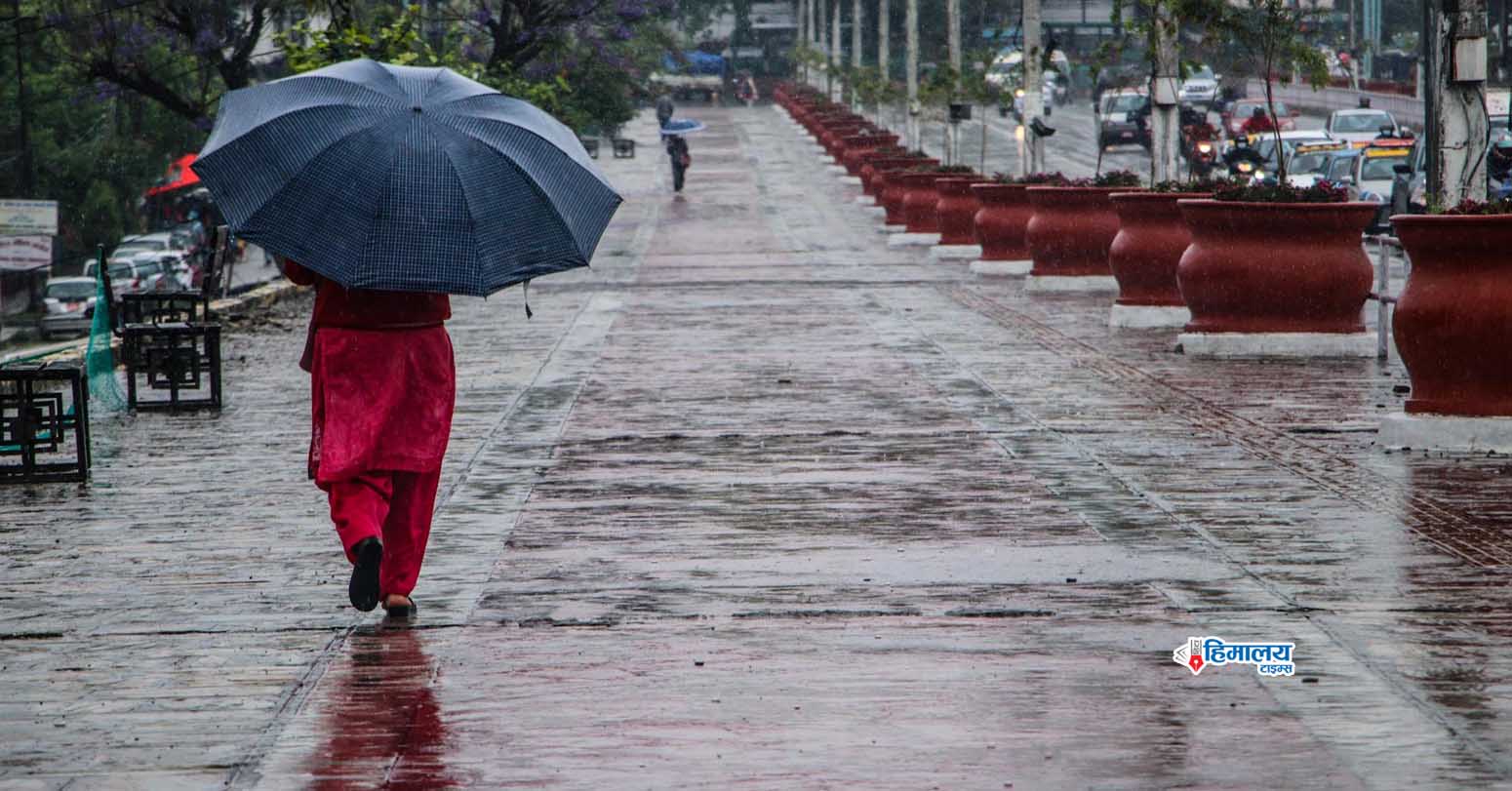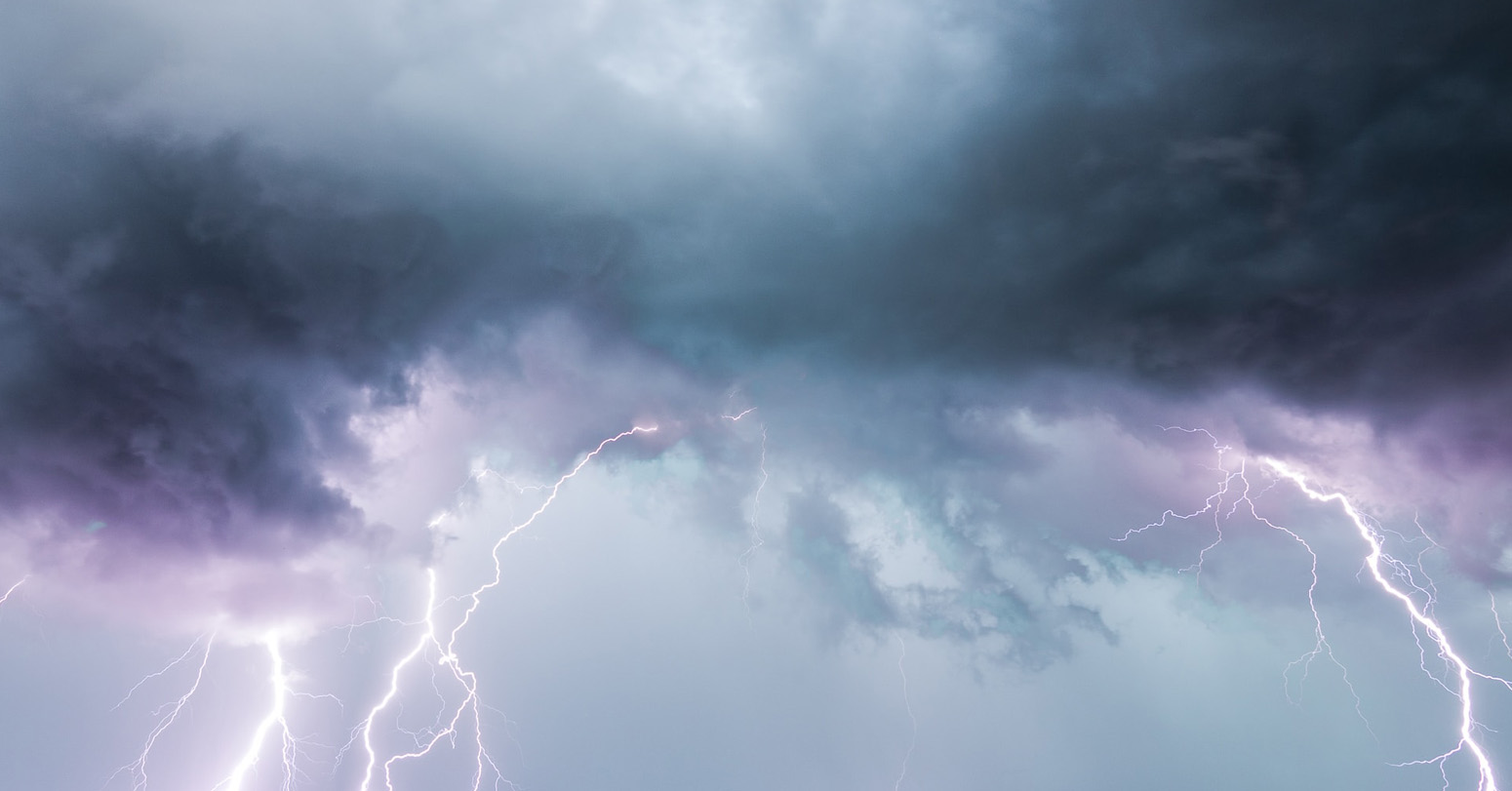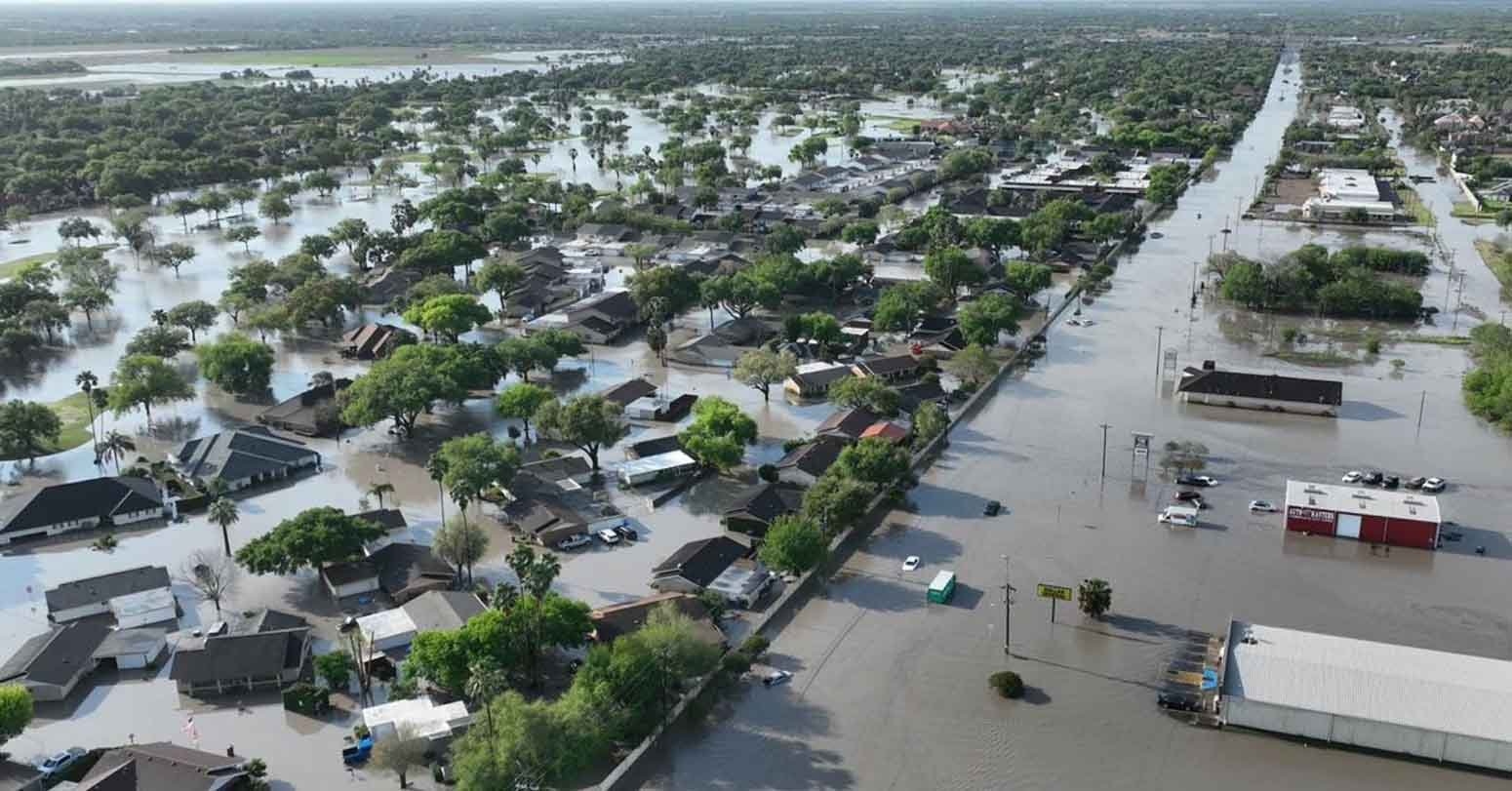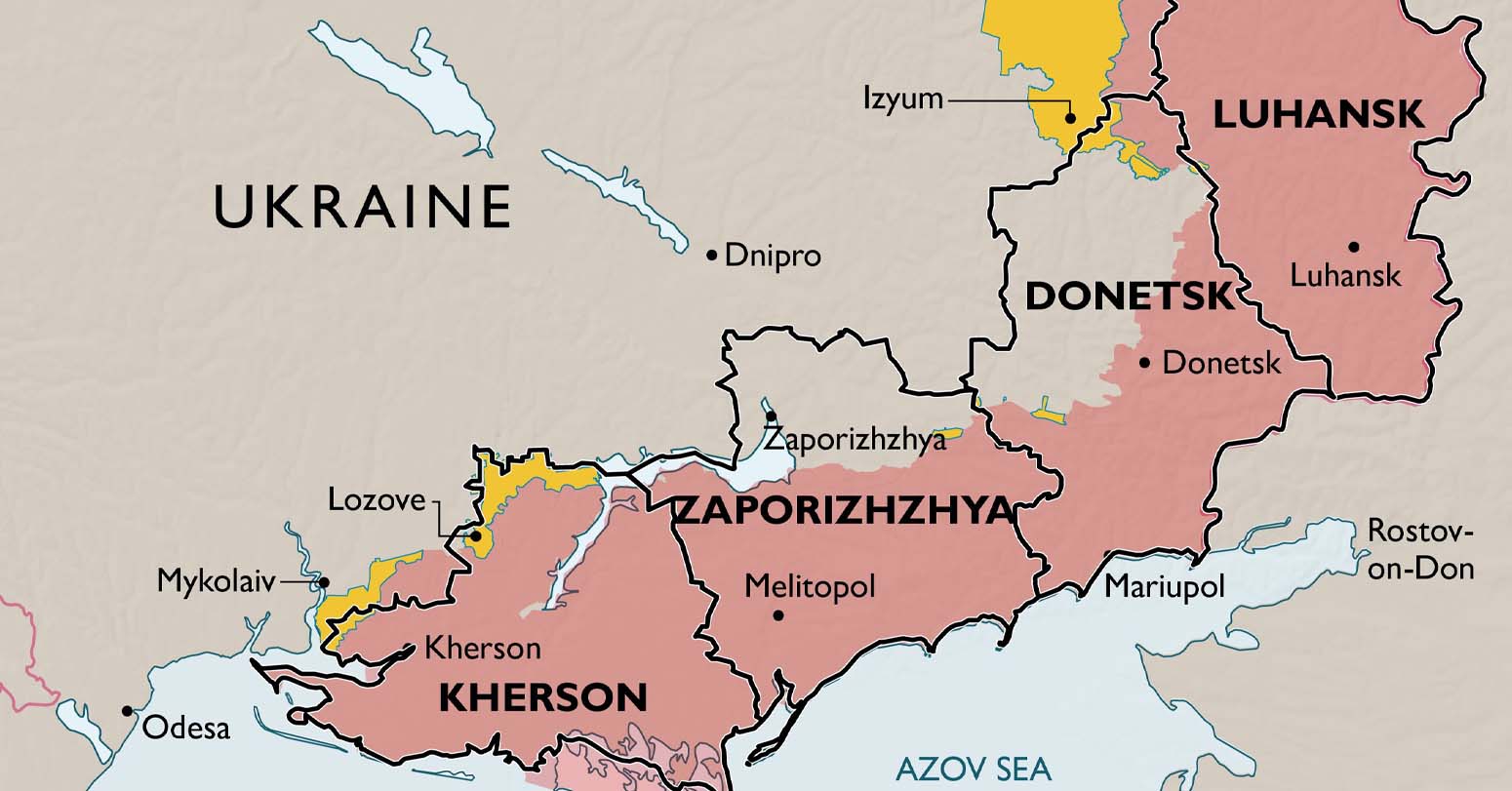
At least 143 people died in Pakistan from lightning strikes and other storm-related incidents in April, with the country receiving more than twice as much rain as usual for the month, officials said Tuesday.
April brought flash floods, landslides and inclement weather that caused houses to collapse in some areas and destroyed crops in others.
Pakistan saw a rainfall "increase of 164 percent above the normal levels in April, which is very unusual", said Zaheer Ahmad Babar, spokesperson for the Pakistan Meteorological Department.
"We've observed these erratic weather patterns as a direct result of climate change," he told AFP.
Pakistan is increasingly vulnerable to unpredictable weather, as well as often-destructive monsoon rains that usually arrive in July.
The largest death toll for April was in northwestern Khyber Pakhtunkhwa, where 83 people died, including 38 children, and where more than 3,500 homes have been damaged.
"The fatalities resulted from roof collapse and landslide incidents," Anwar Shahzad, spokesman for the province's disaster management authority, told AFP on Tuesday.
In some northern parts of Punjab, the country's most populous province, harvests of wheat, a staple food, were spoiled by hailstorms.
Environmental expert Maryam Shabbir Abbasi told AFP that overall weather patterns had shifted by "about a month and a half, and we should shift our calendars for the agriculture sector accordingly to avoid damages caused by unprecedented rainfall".
Officials earlier this month said several people, including farmers harvesting wheat, were killed by lightning in Punjab, and that a total of 21 people were killed in different rain-related incidents.
Another 21 deaths were reported in Balochistan province in April, including seven people who were struck by lightning, with rain disrupting life in some districts and causing school closures.
In parts of Pakistan-administered Kashmir, 14 people were killed, and at least four were killed in road accidents linked to floods in southern Sindh province.
In the summer of 2022, a third of Pakistan was submerged by unprecedented monsoon rains that displaced millions of people and cost the country $30 billion in damages and economic losses, according to a World Bank estimate.
As several parts of the country were battered by heavy rains this month, Karachi, the largest city, experienced its hottest day of the year on Sunday, with temperatures soaring to 37 degrees Celsius (99 degrees Fahrenheit).
-AFP

















Middle-aged man spends millions to
Dr. Dharam Raj Upadhyay: Man
Breathing The Unbreathable Air
Comprehensive Data Protection Law Critically
Gender Differences In Mental Healthcare
Erosion of Democracy